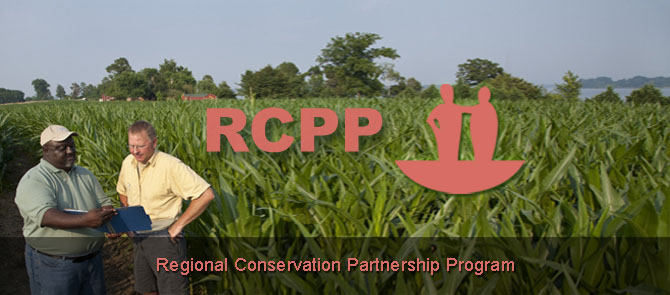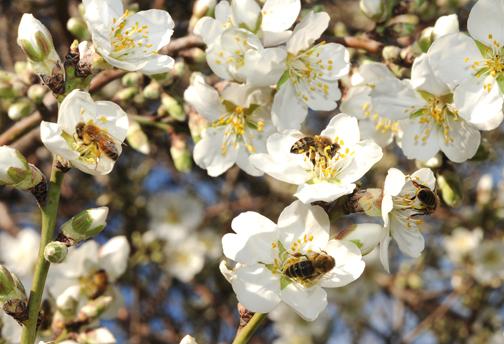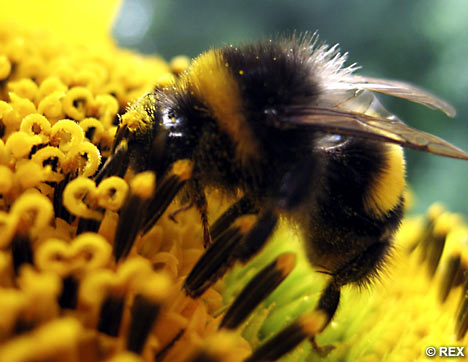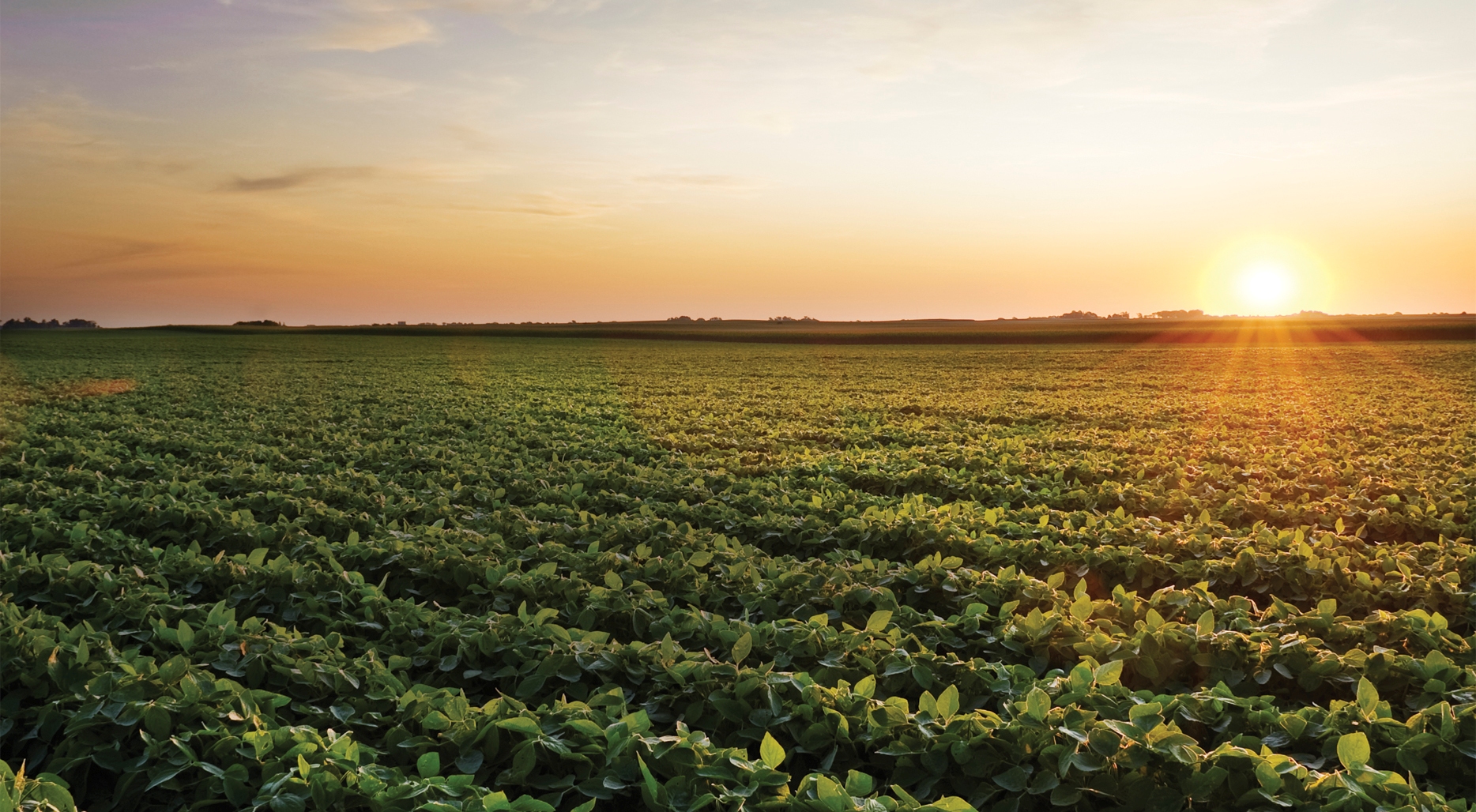California’s ‘Exceptional Drought’
Long Term Solutions, Desperately Needed For California Drought
By John Vikupitz, president and CEO of Netafim USA in Fresno, California
Aaron Barcellos, a partner with A-Bar Ag Enterprises in Los Banos, is a fourth-generation farmer. His 7,000-acre operation produces crops, including pistachios, pomegranates, asparagus, and tomatoes.
The farm creates jobs for up to 40 people full-time and over 100 at peak season. This year, the operation took an unprecedented move in letting 30 percent of its productive acreage go fallow for lack of water, redirecting available water to permanent crops and to honor tomato contracts. This fallowing of acreage has resulted in a loss of work for over 30 part-time employees and an estimated loss of $10 million to the local business economy from his operation, alone.
“It’s a ‘batten down the hatches’ year,” notes Mr. Barcellos. “We are trying to survive this year while hoping the severity of this drought will provide momentum for more long term solutions to our water crisis.”
California’s ‘exceptional drought’ – said by University of California (UC) Berkeley paleoclimatologist B. Lynn to perhaps be the worst in 500 years – places the state at a critical juncture.
California’s historic low precipitation of 2013 and the below normal 2012 precipitation left most state reservoirs at between six percent storage in the Southern Sierra to 36 percent in Shasta – levels not been seen since the 1977 severe drought. Snowpack is nearly non-existent.
The U.S. Drought Monitor reports nearly half of the U.S. is in some form of drought.
Water is one of life’s greatest conveniences. Turn on the tap and water appears, often at less cost than other household bills, providing the lifeblood for food production, human health, climate, energy and the ecosystem.
We may take water for granted until we’re in danger of losing it as sources dry up. We may not contemplate the support system and cost that brings water to the tap: the extensive pipe conveyance system, treatment plant, chemicals needed for purification, labor and energy costs.
Consequently, every drop saved by one water user benefits all users.
Homeowners may do their part in water conservation by installing low-flow fixtures – often incentivized through government rebate programs – by washing vehicles less or taking shorter showers. The payoff: lower water bills.
The agricultural sector is doing its part, too, using water-saving technology investments that reap returns for Californians, as well as those elsewhere benefitting from its exports. According to the California Department of Food and Agriculture (CDFA), the state produces nearly half of U.S.-grown fruits, vegetables and nuts and leads the world in almond and pistachio production. California’s 80,500 farms and ranches received a record $44.7 billion for their 2012 output. Exports totaled more than $18 billion.
Tens of thousands of productive acres are being fallowed. The number of jobs, specifically those of farmworkers, will subside as food prices increase. California, the nation’s top dairy producer, is shipping cows out of state due to water uncertainties with no guarantee that alfalfa and other crops cows consume will continue to be available.
It’s critical that people appreciate their food source. California’s regulations ensure safe and reliable food, while California’s highly progressive and efficient farmers enable that food source to be the cheapest in the world Mr. Barcellos points out.
Food safety and quality drive those innovations, as well as economics. Regulations mean the cost to produce food and get it to the store requires farmers to be highly efficient to remain competitive.
Mr. Barcellos farms in five different irrigation districts with various water rights and water supplies. A-Bar Ag Enterprises has converted 5,500 acres from flood irrigation to drip irrigation creating a combined water savings and production efficiency of over twenty percent.
“What we do in California with the different irrigation technologies creates significant efficiencies in water application without waste, enabling farmers to increase yields with fewer inputs. With that said, it doesn’t matter what the crop – it still takes water to grow it,” Mr. Barcellos points out.
According to The Center for Irrigation Technology at California State University, Fresno, Agriculture uses 40 percent of all dedicated water, including environmental, municipal and industrial uses in order to meet the needs of the eight million irrigated agricultural acres in California.
When farmers were short on water, they used to purchase it on the open market or pump more ground water. This year, there is no water to buy and wells are starting to run dry, says Mr. Barcellos.
While the federal government has offered temporary food money for farmworkers, “the people in our communities want to work, not receive handouts from a food bank,” Mr. Barcellos says, adding that it’s time to work on long-term solutions to water problems.
California’s water system was developed for 20 million people, with residents and farmers sharing the water supply, with those same resources later shared to meet environmental concerns. That – and the nearly doubled population – has taxed the water system, Mr. Barcellos says.
“We haven’t spent any serious funds to improve California’s infrastructure since the early 1970s to keep pace with population growth and environmental demands,” Mr. Barcellos says. “If the environment needs more water, let’s use sound science and invest in more storage and better conveyance systems for long-term solutions.”
Following Governor Edmund Brown Jr.’s January declaration of a drought emergency, the State Water Project cut water deliveries to all 29 public water agencies to zero for 2014.
Even if there is some short-term relief, mitigation is needed to protect against long-term unpredictable weather patterns.
UC Berkeley’s David Sedlak, professor of civil and environmental engineering, explains: the drought notwithstanding, California’s aged infrastructure calls for increased investments in water recycling, rainwater harvesting and seawater desalination with a focus on local water supply development.
The United States Department of Agricultural (USDA) Natural Resources Conservation Services (NRCS), California indicates three priorities: protecting soils made vulnerable by water cutbacks, protecting drought-impacted rangeland, and stretching every drop of irrigation water using improved hardware and management Farmers and ranchers are encouraged to develop a water conservation plan and seek funding opportunities such as the $30 million available through USDA NRCS California to help drought-impacted farmers and ranchers with conservation practices and the $25 million to help pay for conservation practices through the Environmental Quality Incentives Program.
Irrigation is the final stop on the train that begins with water supply and continues with delivery methods. Water conservation technology – much of which has been proven overseas for decades on arid farmlands – offers a solution right now to apply water more precisely and even improve crop yields and quality.
Our world’s growing population calls for large-scale farming to provide food. For decades, California farmers with reasonable and secure access to water have used water conservation technologies to continue farming and create more water for other purposes, such as the needs of growing urban areas and for environmental remediation, which uses half of California’s water supply.
Farmers like Mr. Barcellos are great stewards of the environment. Many California farmers have successfully adopted this technology to a large degree, using water more efficiently and leaving more in the system for other uses. We need to expand that effort more.







 lanet now and in the future.
lanet now and in the future.
 Today’s announcement marks the beginning of the 2014 grant cycle. In 2013, CDFA was awarded approximately $18 million and solicited competitive proposals for projects including market enhancement, agriculture education, nutrition, and research. The 64 projects funded under the 2013 SCBGP reflect the diversity of California’s specialty crops across the state, including: creating economic opportunities for specialty crop producers through market development activities that focus on local, regional, or international markets; development of effective agritourism associations to enhance rural tourism and promote specialty crops; food safety benefits and training programs; growing community food systems in underserved neighborhoods; online irrigation nitrogen management tool for cool season vegetables; and research to mitigate impacts of invasive pests.
Today’s announcement marks the beginning of the 2014 grant cycle. In 2013, CDFA was awarded approximately $18 million and solicited competitive proposals for projects including market enhancement, agriculture education, nutrition, and research. The 64 projects funded under the 2013 SCBGP reflect the diversity of California’s specialty crops across the state, including: creating economic opportunities for specialty crop producers through market development activities that focus on local, regional, or international markets; development of effective agritourism associations to enhance rural tourism and promote specialty crops; food safety benefits and training programs; growing community food systems in underserved neighborhoods; online irrigation nitrogen management tool for cool season vegetables; and research to mitigate impacts of invasive pests.








